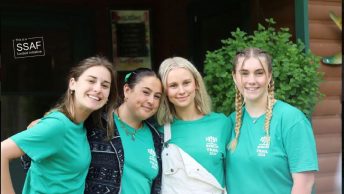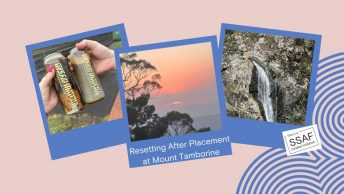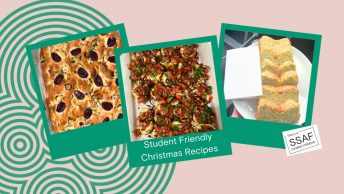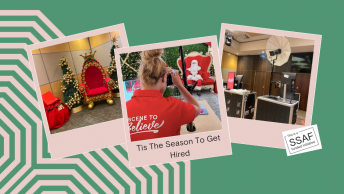Written by Charlotte Penhall
So, instead of staying in Australia this year for my mid-year break, I decided to go overseas again—this time to Canada for two weeks!
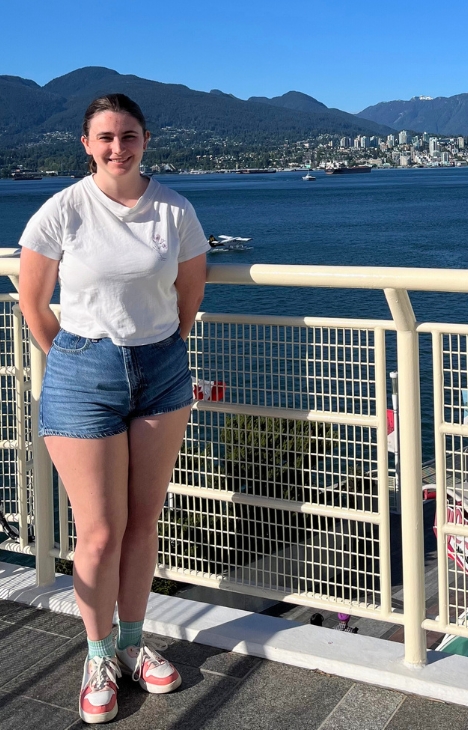
My recommendations
While there are countless things to do in Canada, I stayed around Vancouver, so my recommendations will be based on that area.
First of all, check out Downtown Vancouver.
Learning some of the key places, like Canada Place and train stations, will help you out if you have to make your way around the city on your own.
Speaking of Canada Place, if you walk down towards the end of the pier there, you will come across FlyOver Canada.
It is a 4D ride experience that usually has two experiences going at once. When I went, I did both their Iceland and Canadian Rockies experiences and enjoyed both.

My next recommendation is the Granville Island Markets. There is an area for a kid’s market, little local shops, and a main market area filled with stalls, a little food court, and fresh produce.
The next place I recommend visiting is Grouse Mountain. As a word of warning, you’ll be going a fair distance up and depending on when you go, there could still be snow on the ground.
A couple of my highlights from Grouse Mountain were seeing their Lumberjack show and their two Grizzly bears, Grinder (left) and Coola (right).


As some final recommendations, if you’re able to make the long trip north, I recommend taking the Sea-to-Sky highway to Whistler.
The views of the mountains are breathtaking. If you can’t go north, go west to Manning Park. It has lots of walking trails, just as good views, and cute little squirrels.
Budgeting
I recommend that you do some research on what you might do and make an itinerary, so you can budget accordingly for each day.
While I was in Canada, I was lucky enough to stay with someone I knew and have a fair few meals at their house.
This saved me a lot of money, which I was able to put towards things I wanted to spend a bit more on, like souvenirs and activities.
The transportation around Vancouver wasn’t very expensive either. A one-way trip on both the bus and sky train costs less than four dollars.
In Canada, there are travel cards similar to Opal cards in both cost and use, called Compass Cards. If you are going to be using a lot of public transport, I would recommend getting one.
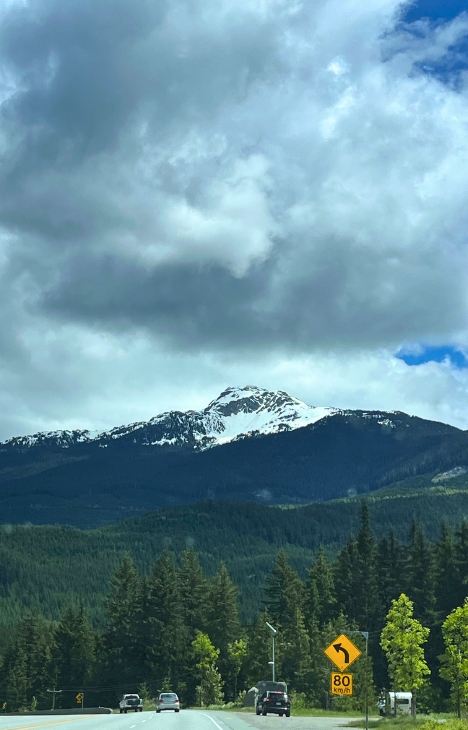
Quick reminders
First of all, tax is not included in the initial prices of stuff in Canada. So you will need to keep that in mind and not take prices at face value.
Some places will include tax in their prices but they are few and far between.
Secondly, when you go out to eat, you need to remember to tip. Here are some general rules on how much to tip:
- 10% tip: Bad service. The server didn’t check in and was trying to get you out the door quickly.
- 15% tip: Okay service. The server could’ve done more to make it more enjoyable but didn’t do anything wrong.
- 20% tip: Normal service. This is what you would usually tip if you feel like the service was good.
- 25% tip: Great service. The server explained items on the menu, gave recommendations, and checked in often.
- 30% tip: Amazing service. You won’t tip this often. If you do, you were probably feeling quite generous.
Finally, take your student ID with you. Many places I visited offered student discounts, regardless of whether I was a university student in another country.
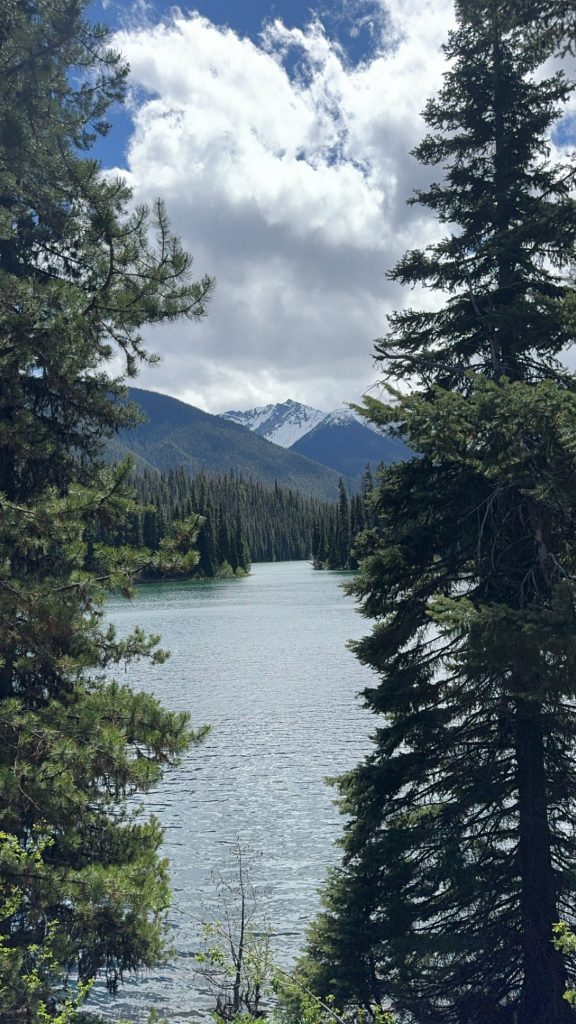
Charlie Blog is a SSAF funded initiative.



